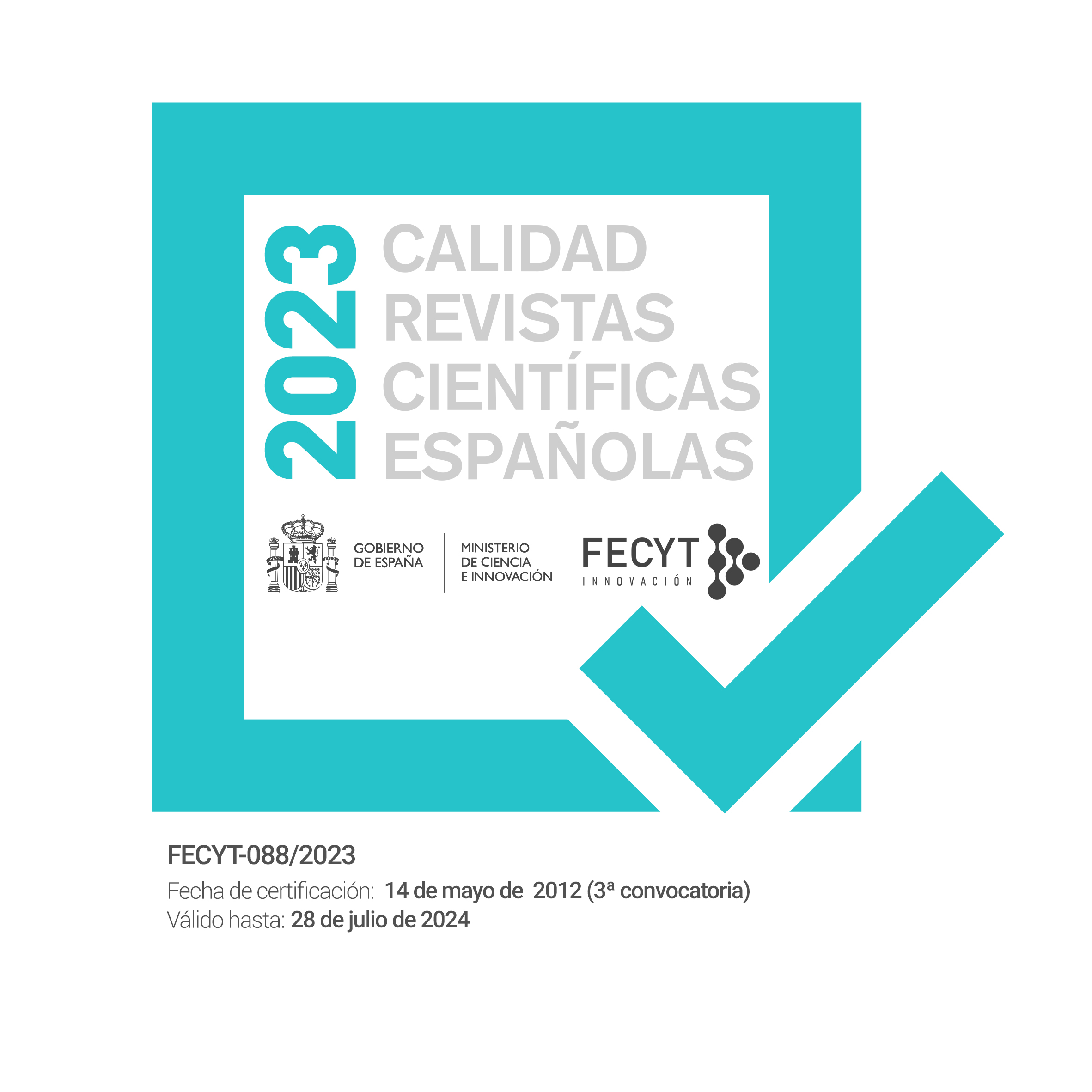La datación arqueomagnética. Fundamentos, éxitos y limitaciones
Archaeomagnetic dating: Fundamentals, achievements and limitations
Carrancho, Á. (1); Gómez-Paccard, M. (2); Pavón-Carrasco, F.J. (2,3)
(1) Área de Prehistoria, Departamento de Historia, Geografía y Comunicación, Universidad de Burgos,
Edificio I+D+I, Plaza Misael Bañuelos s/n 09001, Burgos, Spain. E-mail: acarrancho@ubu.es
(2) Instituto de Geociencias IGEO (CSIC-UCM), c/del Doctor Severo Ochoa, 7, Edificio Entrepabellones 7 y 8,
28040 Madrid, España.
(3) Departamento de Física de la Tierra y Astrofísica, Facultad de CC. Físicas,
Plaza de Ciencias, 1, 28040 Madrid, España.
Resumen:
El arqueomagnetismo es una técnica de datación que permite datar el último calentamiento de ciertos materiales arqueológicos y geológicos quemados. El estudio de la termorremanencia registrada en materiales como hornos, hogares o rocas volcánicas, permite reconstruir las variaciones en la dirección y/o intensidad del campo magnético terrestre a lo largo del tiempo mediante el desarrollo de curvas regionales y modelos paleomagnéticos. Estas curvas y modelos son potentes herramientas de datación y la mayoría, incluidas las existentes para la península ibérica, abarcan los últimos 3-4 milenios. Actualmente es posible datar el último uso (calentamiento) y potencial abandono de una estructura de combustión arqueológica de edad menor a 4 mil años con una incertidumbre temporal que puede variar, según factores, entre los ± 50 años y unos pocos siglos. Se presenta una síntesis de los fundamentos de la técnica, los materiales de interés y cómo abordar su muestreo. Se discute el rango cronológico de aplicación del método y qué factores condicionan su precisión temporal. Finalmente, se presenta un caso de datación de una estructura de combustión prehistórica peninsular donde se describen los pasos seguidos para obtener su datación arqueomagnética. La mejora y ampliación temporal de la técnica depende notablemente de la colaboración interdisciplinar entre geofísicos y arqueólogos.
Palabras clave:
Campo magnético terrestre, variación secular, termorremanencia, estructura de combustión, óxidos de hierro.
Abstract:
Archaeomagnetism is a dating technique that allows dating the last heating of certain burnt archaeological and geological materials. The study of the thermoremanence recorded in some materials such as furnaces, hearths and volcanic rocks, allows us to reconstruct the variations in direction and/or intensity of the Earth’s magnetic field over time through the development of regional curves and geomagnetic field models. These curves and models are powerful dating tools and most of them, including those developed for the Iberian Peninsula, span the last 3-4 millennia. Currently, it is possible to date the last use (heating) and potential abandonment of an archaeological combustion structure from the last 4,000 years with a temporal uncertainty that can vary, depending on factors, between ± 50 years and a few centuries. Here we report a synthesis of the technique´s fundamentals, the materials of interest and how to approach their sampling. The chronological range of application of the method and the factors determining its temporal precision are also discussed. Finally, a dating case of a peninsular prehistoric combustion structure is shown describing the steps followed to obtain an archaeomagnetic dating. The improvement and chronological extension of the technique notably depends on the interdisciplinary collaboration between geophysicists and archaeologists.
Key words:
Earth’s magnetic field, secular variation, thermoremanence, combustion structure, iron oxides.




